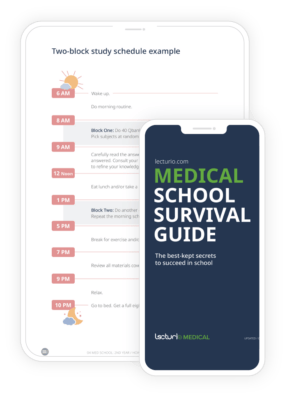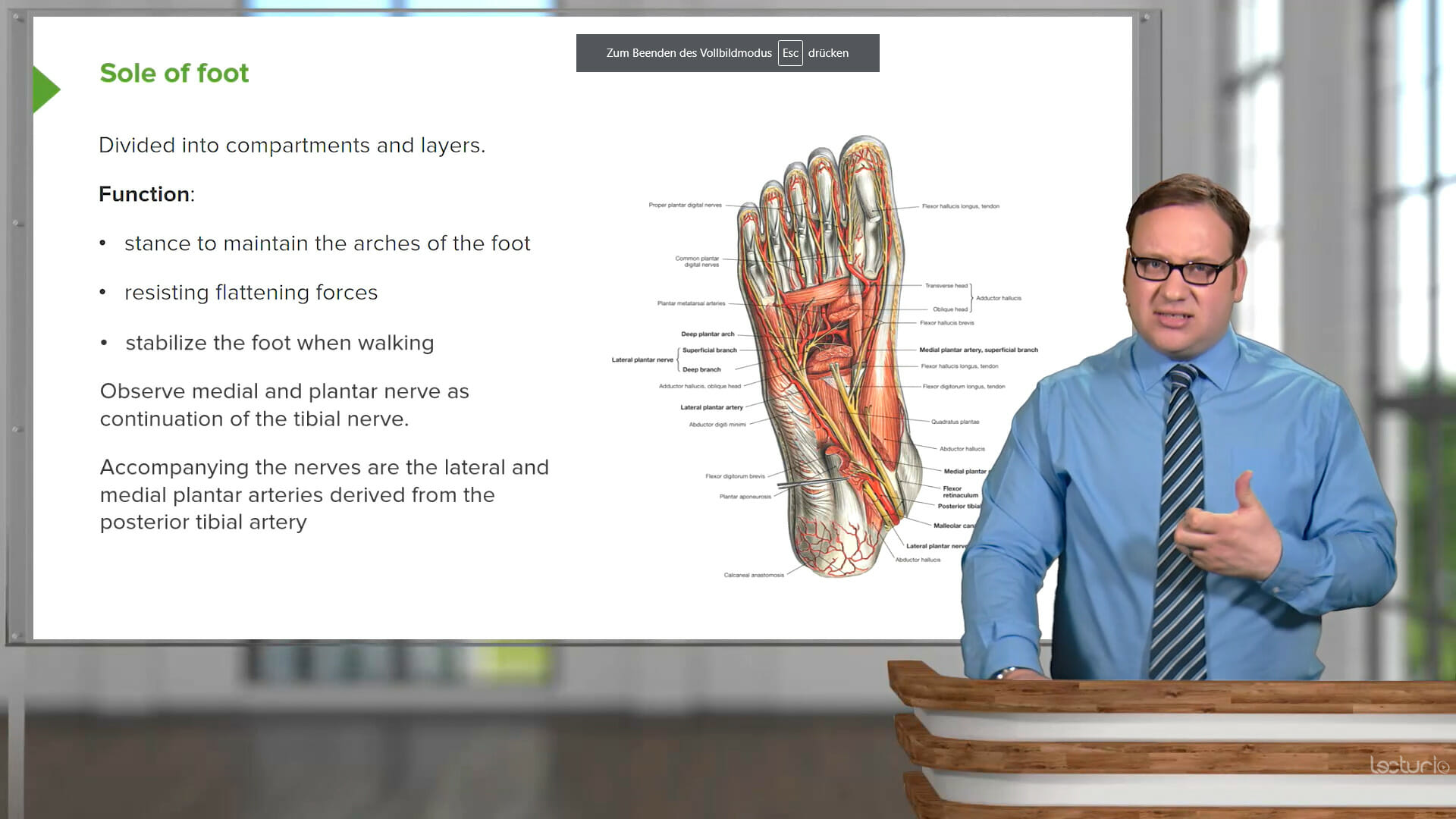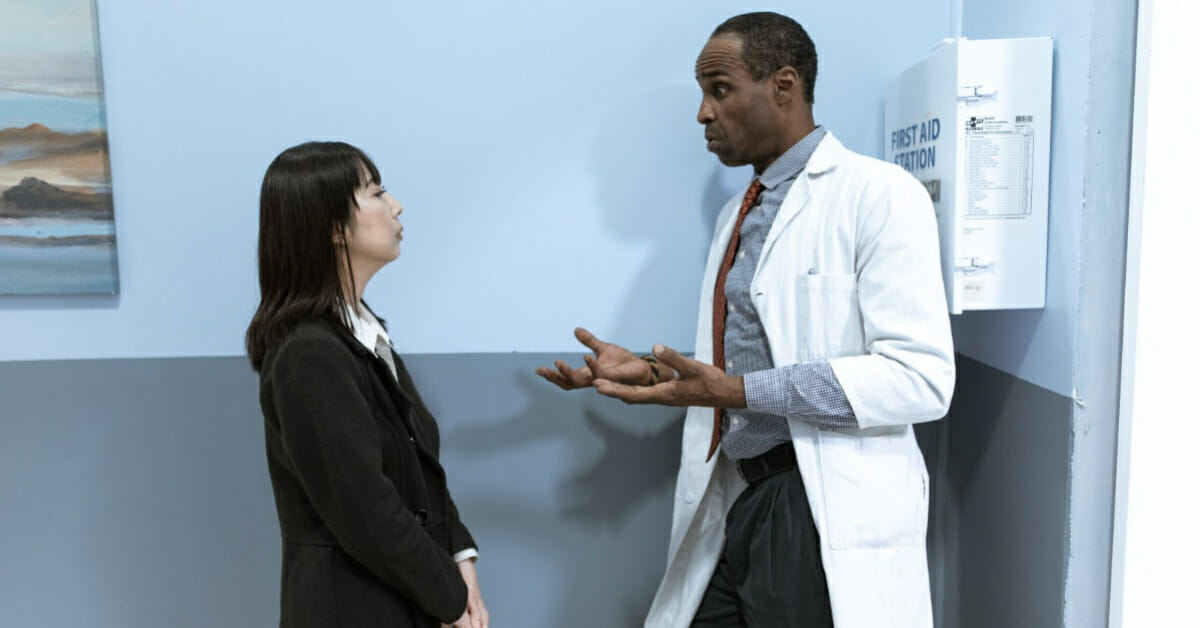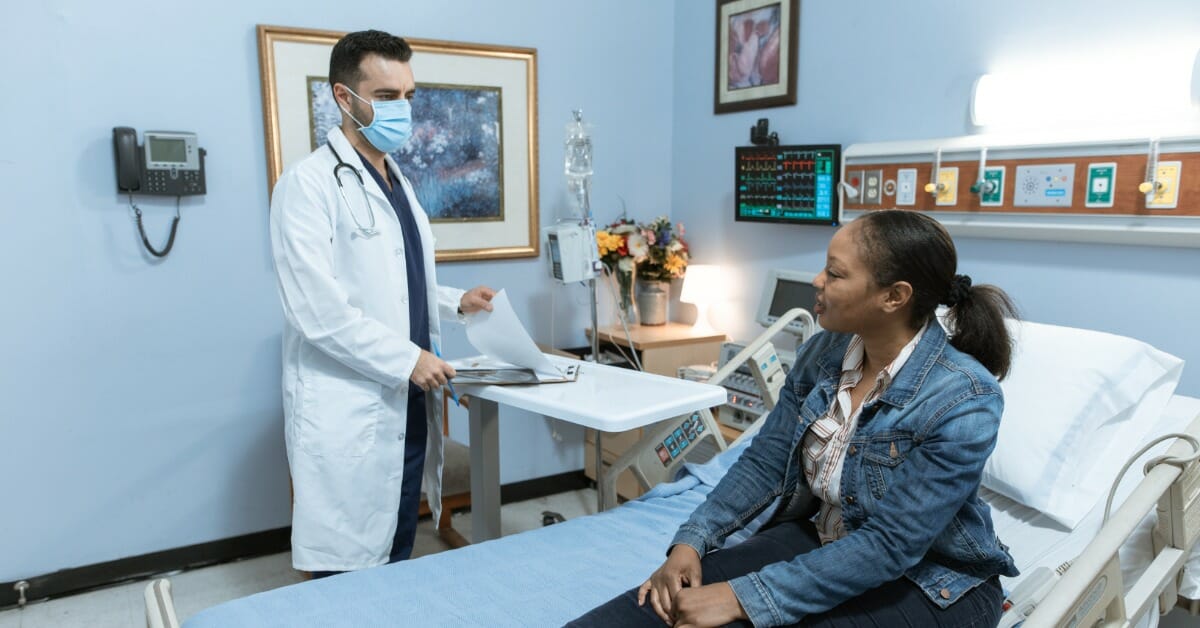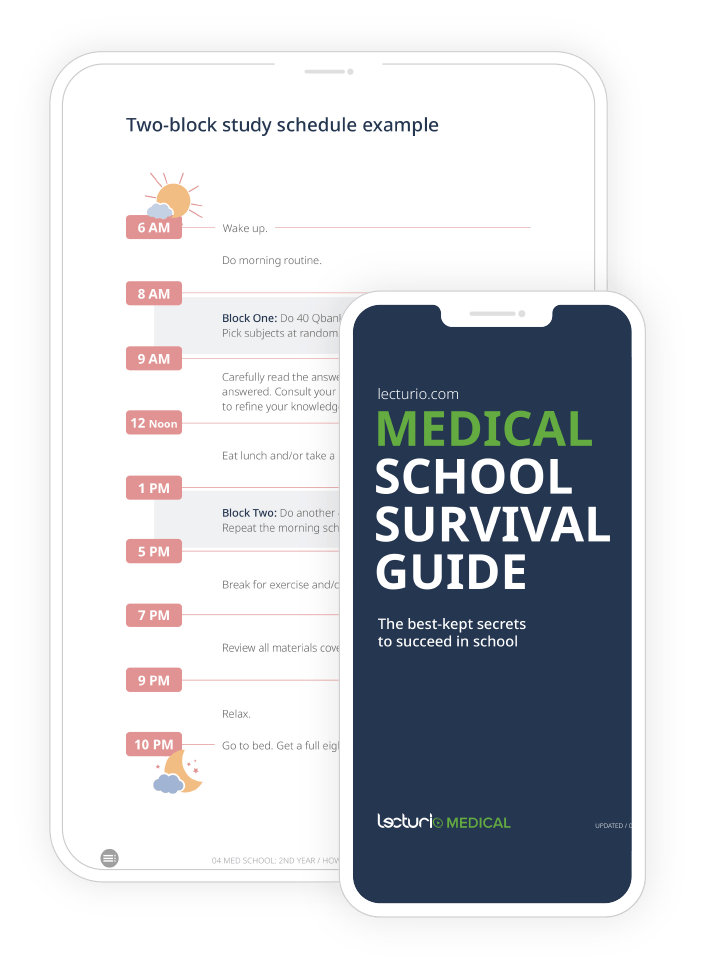One of the most important parts of being a doctor is communicating with your patients. Even diagnosing and treating patients relies on communication with them to find out what they need. Any specialty you choose will have some degree of patient interaction.
If you’ve been a patient before – and I’m sure that we all have – you’ll know what I mean when I say that communication is important. None of us like being left in the dark. None of us wants a doctor who can’t sympathize with us. None of us wants to be treated inconsiderately while we’re suffering. Sometimes we interact with patients on some of the worst days of their lives, so the least we can do is lighten the load of those days as much as we can.
What is the Doctor-Patient Relationship?
The physician-patient relationship starts the moment the patient walks in. That patient becomes your responsibility. We all have our own ways of interacting with people, and similarly, there are different ways of approaching patients. Some specialties even have their own approach to patient communication. But no matter what your approach is, there are essentials all medical practitioners need to master:
- Communication
- Empathy
- Trust
- Informed consent
- Professional boundaries
It may seem like a lot to establish with another person, but all these aspects are important as a doctor. Of course, you may be thinking that these have nothing to do with treatment. Apart from communication, you don’t need the other four to prescribe lifesaving medication. That’s true. But you do need these aspects for a patient to understand the treatment you planned together and to comply.
At the end of the day, patients rely on you to help them. You might be thinking, I’m just a med student. Patient-and doctor relationships are for patients and doctors. But you’re not just a med student. Out of the two parties in the room, you’re more likely to understand what’s going on with the patient’s body, and that knowledge gives you the responsibility to connect to the patient as much as any doctor.
Why is communication important in healthcare?
In medical school, we’re always told that the physician’s empathy improves a patient’s experience. It lessens their anxiety and pain, and betters their care outcomes. But how does that even happen? To get a clearer perspective, you need to place yourself in the shoes of your patient. You or someone you care about is in pain or distress. Maybe you’ve been waiting for hours. Then a doctor, who has been working for 24 hours by now, enters and looks unhappy about having to attend to yet another patient. With sighs and grunts and minimal effort at talking or building rapport, the doctor finishes the history taking and physical exam, then leaves.
This sounds ridiculously cold, but it’s a very real situation that I’ve seen countless times in the hospital. How would you feel as the patient? What if someone treated someone you love that way? When doctors have been working for hours upon hours, going from patient to patient, it’s hard to keep in mind that each patient is a person. What may seem like a normal Tuesday for the doctor may be the worst day of the patient’s life. So what you say and how you act toward patients matters because patients are more sensitive to empathy than doctors are.
A small change in tone or choice of words for you, or a few minutes to get to know the patient may seem trivial, but on the worst days of our patients’ lives, it can make all the difference.
On the opposite end of the spectrum, we have doctors who really sit down with patients and reassure them that they will be with them every step of the way. Whether it’s breaking bad news or a simple clinic visit, they build a relationship with patients, and even laugh with them (when appropriate). These doctors are trusted more by patients because they’re reassured that they’ll be treated as a whole person rather than as work on someone’s checklist. So how do we improve our skills in communicating with patients?
How to Properly Communicate with Patients
There are many ways to communicate with patients, but it’s not always easy. Med students often feel nervous when interacting with patients for the first few times. Even the most extroverted of medical students have a hard time with it. Over time, you will get used to it. You’ll learn not only how to take proper history and do a physical exam, but also how to build better rapport with your patients as time goes by. Here are a few tips to help you through your patient encounters:
Enhance your active listening skills
Active listening is something taught in med school. Ask open-ended questions. Be nonjudgmental. Summarize what the patient said. Clarify things you may have misunderstood. These skills show that you are listening intently and understand the patient’s concerns, and help elicit better answers from the patient.
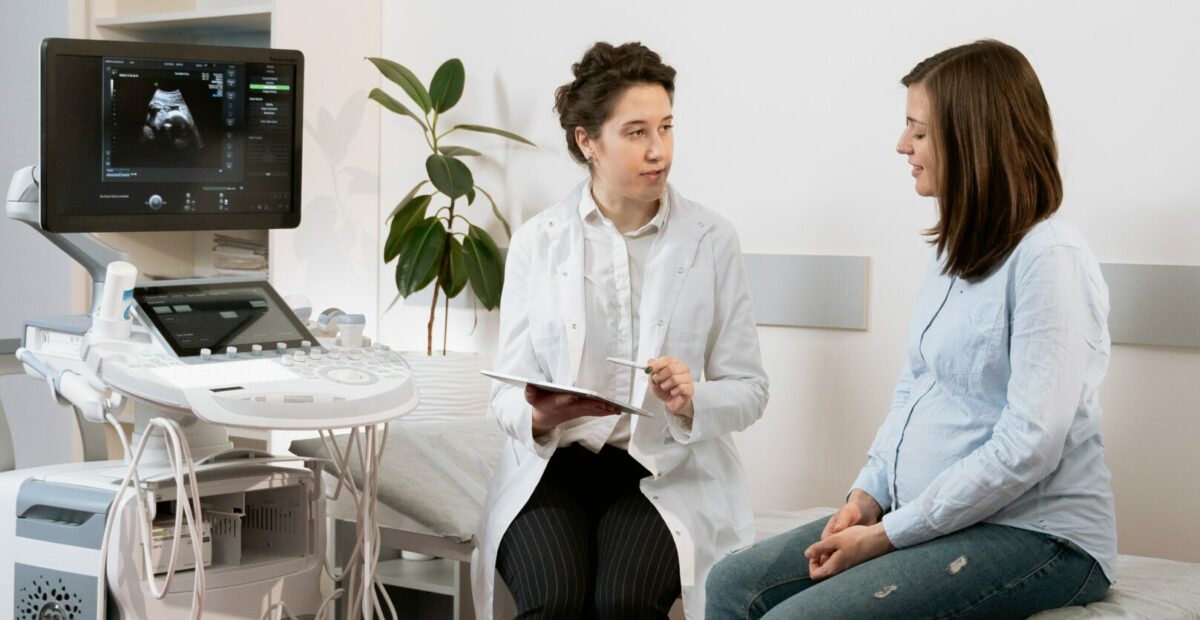
Look at the patient beyond their disease
It can be easy to categorize patients into their diseases because that’s what you’re treating. Sometimes we forget to learn about their likes and dislikes, backgrounds, and personalities. Call them by their names. Crack a few jokes. If you can, speak to them in their language (I even took sign language courses for this). Apart from distracting them from their pain, connecting with them makes them feel like you see them as people.
Think of patients as your partners
While patients generally trust their doctors with medical advice, they still have a right to make their own decisions. After all, they know their bodies best. Let them know what’s going on with their body and clarify any misconceptions they have. Ask the patient what they think about their treatment options. Your treatment plan should be a team effort between you, the other medical staff, and the patient.
Put yourself in the patient’s shoes
The best way to empathize is to imagine yourself in your patient’s shoes. While you may not understand what they’re going through completely, reflecting on how the patient might be feeling and adapting your tone lets the patient know that you’re there for them. Being sick can be hard, so it’s important they know that they’re not alone.
Involve the patient’s family and/or friends
Having a solid support system can aid in treatment immensely. When family or friends understand what the patient is going through, they’re in the best position to help, especially when the patient is sent home. Another reason is because many health-related problems stem from family habits and issues that can be addressed by the doctor as well.
Be mindful of your nonverbal cues
Patients are more perceptive than you may realize. While we are not always aware of our body language, we need to train ourselves to be conscious about it. Maintain an open stance. Make eye contact. Keep your attention on the patient, not on your phone or anywhere else. Let patients know that you’re there with them 100%.

If appropriate, do teach back or give the patient written instructions
It can be hard to understand medical instructions. For example, many asthmatics don’t know how to use their inhalers properly. Make it a point to teach patients how to use their medication and ask them to repeat what you have said. If you want to be certain, you can leave them with written (and legible) instructions on a piece of paper or their prescription so that they remember.
Patient-centered Communication in the Classroom vs. in Hospitals
Medical schools usually have classes about how to approach a patient, teaching it systematically. We have mnemonics like “OLDCARTS” and “OPPQRSST” for taking the patient’s history, “SPIKES” for breaking bad news, “SOAP” for patient notes, and many more. Because of this, it can seem like patient interaction is a checklist we need to complete so that we don’t miss anything crucial. So, what actually happens in the hospital?
In the hospital, patient communication is more than being systematic.
If you try to get everything they tell you to get in medical school, it will take too long.
It’s a lot harder than it looks, especially when you’re first starting out. But know that after enough practice, you’ll get used to it. So, don’t feel frustrated when you don’t master patient interaction right away!
What they can’t teach you in a lecture is how to really interact with a patient. You need to get to know them and their family and empathize with their situation, but at the same time, distance yourself enough as a professional. My first patient interaction alone was awkward but unforgettable. I stuttered to the point that the patient stopped me and said, in my local language, “You’re doing fine, but you lack confidence. Patients can tell when you’re not confident. Stay calm, so the patient will be relaxed and comfortable, too.” After that, I learned to communicate more naturally and even comfort patients when they were scared. It may not seem as important when you’ve been working 24 hours straight, but being able to shine a light on patients’ concerns, being respectful and empathetic, and even introducing yourself are aspects that patients appreciate the most.
Being a Doctor Means…
… “to cure sometimes, to relieve often, to comfort always,” in the words of Dr. Edward Trudeau. What you read in your books is important. It’ll save lives, but there’s more to medicine than saving lives. It’s about comfort, kindness, and compassion. These considerations are free and must be given to every patient. They deserve nothing less. So take a few minutes to talk to them casually. Look beyond their diseases or conditions. Let them know that you’re there for them. I promise, you’ll already be making a huge difference.

